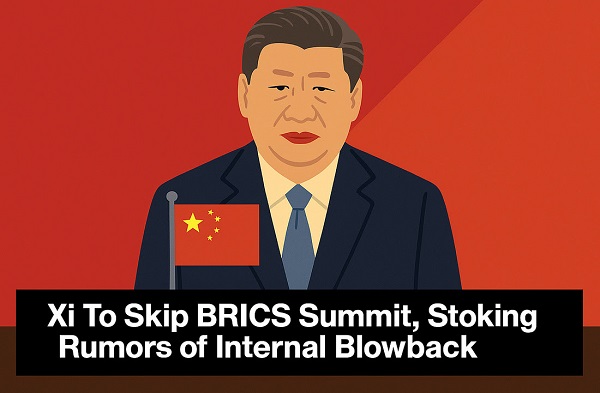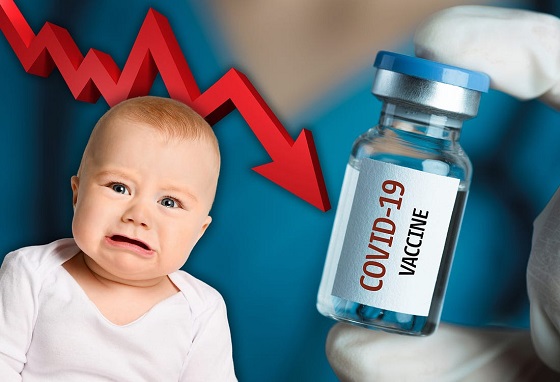Frontier Centre for Public Policy
Public opposition in Regina halts Dewdney Avenue renaming as Kamloops mass grave allegations unravel

From the Frontier Centre for Public Policy
By Lee Harding
Three years after taking down a statue of Canada’s first Prime Minister, Regina decides not to change street named after a far more controversial historical figure.
In a sign of the times, the same City of Regina that removed a statue of John A. MacDonald has just preserved the name of former Indian Commissioner Edgar Dewdney.
Dewdney, a Conservative MP under MacDonald, became Indian Commissioner of the North-West Territories in 1879 and was named Lieutenant Governor of the territory in 1881. He served in both positions until 1888. He was, briefly, the Minister of Indian Affairs before being appointed Lieutenant- Governor of British Columbia.
It was Dewdney who decided to move the territorial capital from Battleford to Wascana in 1882, later renamed Regina. He also moved the North-West Mounted Police headquarters to Regina from Fort Walsh: the fact that Dewdney had land nearby was likely not coincidental.
In 1883, Dewdney wrote to MacDonald to back the 1879 Davin Report in support of residential industrial schools, saying they “might be carried on with great advantage to the Indians.” The Davin Report, written by Nicholas Flood Davin, a journalist and politician, was commissioned by the Canadian government to provide recommendations on the establishment of residential schools for Indigenous children.
Despite this enormous contribution to Regina and Canadian history, Regina city councillors Andrew Stevens and Dan LeBlanc made a motion last May to remove Dewdney’s name from a street, park, and public pool.
The prospects seemed good. After all, the city of Regina decided to remove the statue of Sir John A. Macdonald from Victoria Park in 2021, primarily due to his role in the creation of Canada’s residential school system.
Dewdney was neither a father of Confederation nor a prime minister but is often viewed as a more controversial figure in Canadian history. He actively supported the residential school system, believing it to be more effective than day schools in breaking the influence of Indigenous families and communities. His policies were designed to assimilate Indigenous children by separating them from their cultural roots.
He refused to allocate certain lands promised to Indigenous communities under treaty agreements. He also withheld food rations, which were crucial during times of famine, using them as leverage to force Indigenous bands to relocate further north, where the government wanted them to settle. These actions contributed to widespread suffering and are part of his contentious legacy.
Yet on August 21, by a vote of seven to three, Regina city council refused to rename the 12-km Dewdney Avenue. Ward 10 councillor Jason Mancinelli said the change would cause too much hassle for businesses and people on the street.
Mayor Sandra Masters, who is seeking re-election, estimated that renaming Dewdney Avenue could cost around $350,000. She argued that this amount could be better spent on other priorities in the city.
“There are other things we could invest in that wouldn’t be as divisive,” she said.
So, what changed between 2021 and now?
In 2021, the city removed Macdonald’s statue following a brief, one-sided consultation shortly after the Kamloops Residential School mass grave allegations. At the time, ground-penetrating radar suggested potential burial sites, prompting widespread reactions across Canada.
Three years later, the investigation into the allegations, at a cost of $8 million, has yet to uncover any bodies. Some experts suggest that soil disturbances detected by the scans might have been caused by shallow trenches dug for a septic field back in 1924 rather than unmarked graves as initially alleged.
In contrast, Regina introduced the issue of renaming Dewdney Avenue in May and held presentations in June of this year, long after the Kamloops allegations started to unravel. The decision on the name change was delayed long enough for those opposed to speak up. Apparently, the suggested replacement name Tatanka – the Cree word for bison – did not seem to resonate with many of those opposed to the renaming.
The takeaway from these two outcomes is clear: rushed decisions can lead to unintended consequences, while a more thoughtful, measured approach ensures that choices are better informed and more beneficial to the community.
Lee Harding is a Research Fellow at the Frontier Centre for Public Policy
Business
BC Ferries And Beijing: A Case Study In Policy Blindness
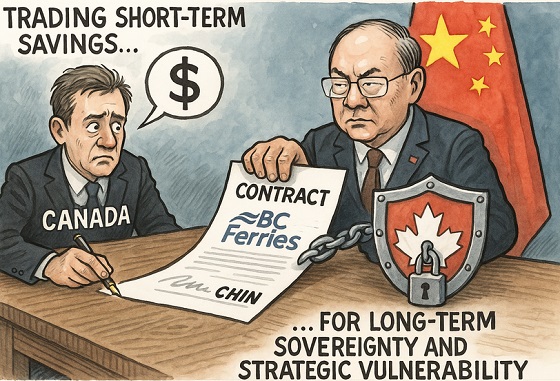
From the Frontier Centre for Public Policy
Scott McGregor warns BC Ferries’ contract with a Chinese state-owned shipbuilder reveals Canada’s failure to align procurement with national security. It is trading short-term savings for long-term sovereignty and strategic vulnerability.
BC Ferries’ recent decision to award the construction of four new vessels to China Merchants Industry (Weihai), a state-owned shipyard under the Chinese Communist Party (CCP), is a cautionary tale of strategic policy failure. While framed as a cost-effective solution to replace aging vessels, the agreement reveals a more critical issue: Canada’s persistent failure to align vital infrastructure procurement with national security and economic resilience.
The situation goes beyond transportation. It is a governance failure at the intersection of trade, security, and sovereignty.
Outsourcing Sovereignty
China Merchants Industry is part of a sprawling state-owned conglomerate, closely connected to the CCP. It is not merely a commercial player; it is a geopolitical actor. In China, these organizations thrive on a unique blend of state subsidies, long-term strategic direction, and complex corporate structures that often operate in the shadows. This combination grants them a significant competitive edge, allowing them to navigate the business landscape with an advantage that many try to replicate but few can match.
The same firms supplying ferries to BC are also building warships for the People’s Liberation Army Navy. That alone should give pause.
Yet BC Ferries, under provincial oversight, proceeded without meaningful scrutiny of these risks. No Canadian shipyards submitted bids due to capacity constraints and a lack of strategic investment. But choosing a Chinese state-owned enterprise by default is not a neutral act. It is the consequence of neglecting industrial policy.
Hybrid Risk, Not Just Hybrid Propulsion
China’s dominance in shipbuilding, now over 60% of global orders, has not occurred by chance. It is the result of state-driven market distortion, designed to entrench foreign dependence on Chinese industrial capacity.
Once that dependency forms, Beijing holds leverage. It can slow parts shipments, withhold technical updates, or retaliate economically in response to diplomatic friction. This is not speculative; it has already happened in sectors such as canola, critical minerals, and telecommunications.
Ordering a ferry, on its face, might seem apolitical. But if the shipbuilder is state-owned, its obligations to the CCP outweigh any commercial contract. That is the nature of hybrid threats to security: they appear benign until they are not.
Hybrid warfare combines conventional military force with non-military tactics (such as cyber attacks, disinformation, economic coercion, and the use of state-owned enterprises) to undermine a target country’s stability, influence decisions, or gain strategic control without resorting to open conflict. It exploits legal grey zones and democratic weaknesses, making threats appear benign until they’ve done lasting damage.
A Policy Void, Not Just a Procurement Gap
Ottawa designed its National Shipbuilding Strategy to rebuild Canadian capability, but it has failed to scale quickly enough. The provinces, including British Columbia, have been left to procure vessels without the tools or frameworks to evaluate foreign strategic risk. Provincial procurement rules treat a state-owned bidder the same as a private one. That is no longer defensible.
Canada must close this gap through deliberate, security-informed policy. Three steps are essential for the task:
Ottawa should mandate National Security reviews for critical infrastructure contracts. Any procurement involving foreign state-owned enterprises must trigger a formal security and economic resilience assessment. This should apply at the federal and provincial levels.
Secondly, when necessary, Canada should enhance its domestic industrial capabilities through strategic investments. Canada cannot claim to be powerless when there are no local bids available. Federal and provincial governments could collaborate to invest in scalable civilian shipbuilding, in addition to military contracts. Otherwise, we risk becoming repeatedly dependent on external sources.
Canada should enhance Crown oversight by implementing intelligence-led risk frameworks. This means that agencies, such as BC Ferries, must develop procurement protocols that are informed by threat intelligence rather than just cost analysis. It also involves incorporating security and foreign interference risk indicators into their Requests for Proposals (RFPs).
The Cost of Strategic Amnesia
The central point here is not only about China; it is primarily about Canada. The country needs more strategic foresight. If we cannot align our economic decisions with our fundamental security posture, we will likely continue to cede control of our critical systems, whether in transportation, healthcare, mining, or telecommunications, to adversarial regimes. That is a textbook vulnerability in the era of hybrid warfare.
BC Ferries may have saved money today. But without urgent policy reform, the long-term cost will be paid in diminished sovereignty, reduced resilience, and an emboldened adversary with one more lever inside our critical infrastructure.
Scott McGregor is a senior security advisor to the Council on Countering Hybrid Warfare and Managing Partner at Close Hold Intelligence Consulting Ltd.
Bjorn Lomborg
The Physics Behind The Spanish Blackout
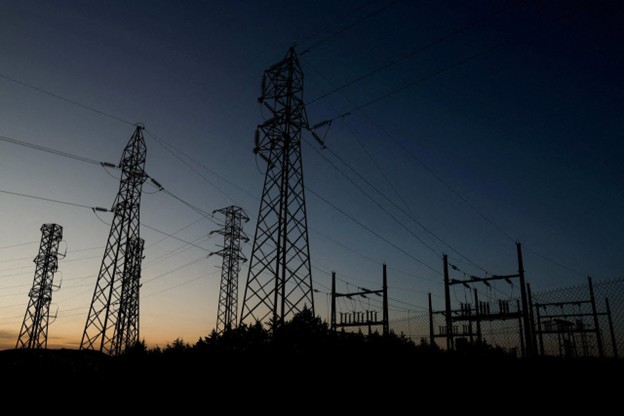
From the Frontier Centre for Public Policy
Madrid knew solar and wind power were unreliable but pressed ahead anyway
When a grid failure plunged 55 million people in Spain and Portugal into darkness at the end of April, it should have been a wake-up call on green energy. Climate activists promised that solar and wind power were the future of cheap, dependable electricity. The massive half-day blackout shows otherwise. The nature of solar and wind generation makes grids that rely on them more prone to collapse—an issue that’s particularly expensive to ameliorate.
As I wrote in these pages in January, the data have long shown that environmentalists’ vision of cheap, reliable solar and wind energy was a mirage. The International Energy Agency’s latest cost data continue to underscore this: Consumers and businesses in countries with almost no solar and wind on average paid 11 U.S. cents for a kilowatt hour of electricity in 2023, but costs rise by more than 4 cents for every 10% increase in the portion of a nation’s power generation that’s covered by solar and wind. Green countries such as Germany pay 34 cents, more than 2.5 times the average U.S. rate and nearly four times China’s.
Prices are high in no small part because solar and wind require a duplicate backup energy system, often fossil-fuel driven, for when the sun doesn’t shine or the wind doesn’t blow. The Iberian blackout shows that the reliability issues and costs of solar and wind are worse than even this sort of data indicates.
Grids need to stay on a very stable frequency—generally 50 Hertz in Europe—or else you get blackouts. Fossil-fuel, hydro and nuclear generation all solve this problem naturally because they generate energy by powering massive spinning turbines. The inertia of these heavy rotating masses resists changes in speed and hence frequency, so that when sudden demand swings would otherwise drop or hike grid frequency, the turbines work as immense buffers. But wind and solar don’t power such heavy turbines to generate energy. It’s possible to make up for this with cutting-edge technology such as advanced inverters or synthetic inertia. But many solar and wind farms haven’t undergone these expensive upgrades. If a grid dominated by those two power sources gets off frequency, a blackout is more likely than in a system that relies on other energy sources.
Spain has been forcing its grid to rely more on unstable renewables. The country has pursued an aggressive green policy, including a commitment it adopted in 2021 to achieve “net zero” emissions by 2050. The share of solar and wind as a source of Spain’s electricity production went from less than 23% in 2015 to more than 43% last year. The government wants its total share of renewables to hit 81% in the next five years—even as it’s phasing out nuclear generation.
Just a week prior to the blackout, Spain bragged that for the first time, renewables delivered 100% of its electricity, though only for a period of minutes around 11:15 a.m. When it collapsed, the Iberian grid was powered by 74% renewable energy, with 55% coming from solar. It went down under the bright noon sun. When the Iberian grid frequency started faltering on April 28, the grid’s high proportion of solar and wind generation couldn’t stabilize it. This isn’t speculation; it’s physics. As the electricity supply across Spain collapsed, Portugal was pulled along, because the two countries are tightly interconnected through the Iberian electricity network.
Madrid had been warned. The parent company of Spain’s grid operator admitted in February: “The high penetration of renewable generation without the necessary technical capabilities in place to keep them operating properly in the event of a disturbance . . . can cause power generation outages, which could be severe.”
Yet the Spanish government is still in denial. Even while admitting that he didn’t know the April blackout’s cause, Prime Minister Pedro Sánchez insisted that there was “no empirical evidence” that renewables were to blame and that Spain is “not going to deviate a single millimeter” from its green energy ambitions.
Unless the country—and its neighbors—are comfortable with an increased risk of blackouts, this will require expensive upgrades. A new Reuters report written with an eye to the Iberian blackout finds that for Europe as a whole this would cost trillions of dollars in infrastructure updates. It’s possible that European politicians can talk voters into eating that cost. It’ll be impossible for India or nations in Africa to follow suit.
That may be unwelcome news to Mr. Sánchez, but even a prime minister can’t overcome physics. Spain’s commitment to solar and wind is forcing the country onto an unreliable, costly, more black-out-prone system. A common-sense approach would hold off on a sprint for carbon reductions and instead put money toward research into actually reliable, affordable green energy.
Unfortunately for Spain and those countries unlucky enough to be nearby, the Spanish energy system—as one Spanish politician put it—“is being managed with an enormous ideological bias.”
Bjorn Lomborg is president of the Copenhagen Consensus, a visiting fellow at Stanford University’s Hoover Institution and author of “Best Things First.”
-

 Business2 days ago
Business2 days agoCanada Caves: Carney ditches digital services tax after criticism from Trump
-

 Alberta1 day ago
Alberta1 day agoAlberta judge sides with LGBT activists, allows ‘gender transitions’ for kids to continue
-
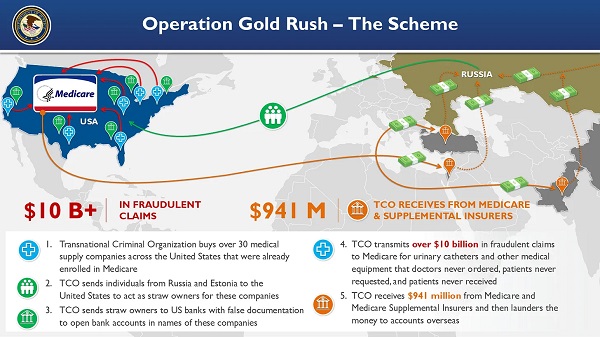
 Crime20 hours ago
Crime20 hours agoNational Health Care Fraud Takedown Results in 324 Defendants Charged in Connection with Over $14.6 Billion in Alleged Fraud
-
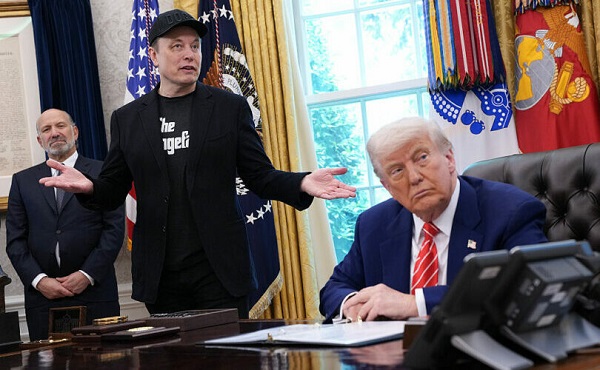
 Business9 hours ago
Business9 hours agoElon Musk slams Trump’s ‘Big Beautiful Bill,’ calls for new political party
-

 Censorship Industrial Complex8 hours ago
Censorship Industrial Complex8 hours agoGlobal media alliance colluded with foreign nations to crush free speech in America: House report
-
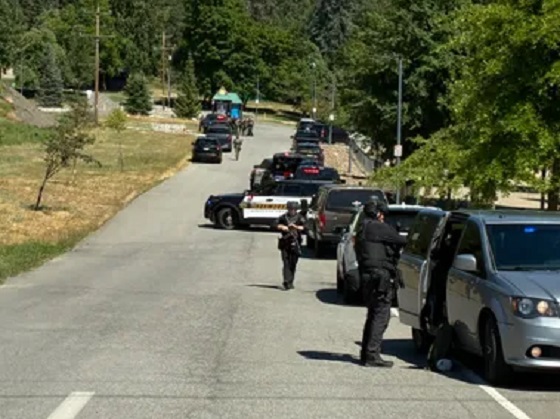
 Crime2 days ago
Crime2 days agoSuspected ambush leaves two firefighters dead in Idaho
-
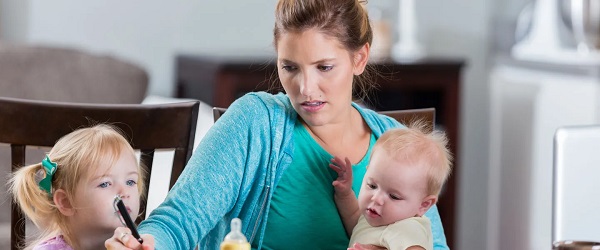
 Business2 days ago
Business2 days agoMassive government child-care plan wreaking havoc across Ontario
-

 Alberta1 day ago
Alberta1 day agoAlberta Independence Seekers Take First Step: Citizen Initiative Application Approved, Notice of Initiative Petition Issued

